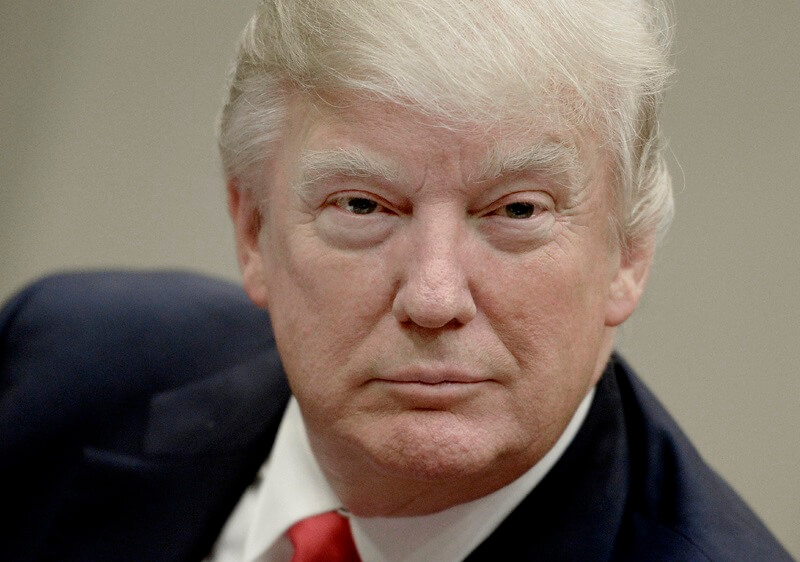Number of International Students In U.S. Hits 1.09m
New figures show that the number of international students in the United States is now over one million increasing by 1.5 percent to reach a new high of 1,094,792 million.
A 2018 Open Doors Report on International Educational Exchange released Tuesday by the Institute of International Education (IIE) and the U.S. Department of State’s Bureau of Educational and Cultural Affairs (ECA), highlights the impact of international education on the U.S. higher education sector, examining the numbers and profile of international students in the United States in 2017/18 and of U.S. students receiving academic credit for study abroad in 2016/17.
Advertisement
The United States remains the top host of international students globally. International students made a significant financial impact on the United States in 2017, contributing $42.4 billion to the U.S. economy through tuition, room and board, and other expenses, according to the U.S. Department of Commerce.
“International students studying alongside Americans are a tremendous asset to the United States,” said Marie Royce, Assistant Secretary of State for Educational and Cultural Affairs.
“We need to develop leaders in all fields who can take on our toughest challenges. We need people who can find solutions that keep us secure and make us more prosperous. We want to send a message that international education makes us stronger as a country.”
As for U.S. students, study abroad numbers grew by 2.3 percent to 332,727 Americans studying abroad for academic credit at their home institutions in 2016/17. Approximately one in 10 U.S. students study abroad during their undergraduate career.
Advertisement
In addition, Open Doors 2018 shows that the profile of U.S. students going abroad continues to diversify. The number of students who identify as racial or ethnic minorities who studied abroad in 2016/2017 was 29.2 percent. In 2005/06, racial and ethnic minorities accounted for only 17 percent of the study abroad population.
“Expanding access to opportunity through international education helps us build stronger ties across the world,” said Dr. Allan E. Goodman, president and CEO of IIE.
“International students have more choices than ever before on where to pursue higher education. The dedication of American colleges and universities to students’ academic, professional, and personal success is one of the main factors in our international competitiveness.”
While overall numbers of international students increased, new student enrollments fell by 6.6 percent in 2017/18, corroborating findings from the 2017 fall enrollment survey and continuing a slowing or downward trend first observed in the 2015/16 academic year. Current gains in the total number of international students are due primarily to increased participation in the Optional Practical Training (OPT) program, which allows international students to practice their skills in the United States for up to 12 months during or after they complete their academic programs, or up to 36 months for graduate students in STEM fields. OPT participation grew by 15.8 percent in 2017/18. Among enrolled students, drops were seen primarily at the graduate and non-degree levels.



